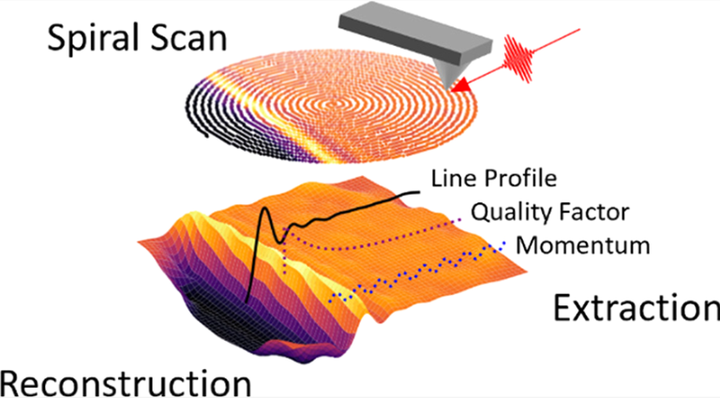Accelerated Nano-Optical Imaging through Sparse Sampling

Abstract
The integration time and signal-to-noise ratio are inextricably linked when performing scanning probe microscopy based on raster scanning. This often yields a large lower bound on the measurement time, for example, in nano-optical imaging experiments performed using a scanning near-field optical microscope (SNOM). Here, we utilize sparse scanning augmented with Gaussian process regression to bypass the time constraint. We apply this approach to image charge-transfer polaritons in graphene residing on ruthenium trichloride (α-RuCl3) and obtain key features such as polariton damping and dispersion. Critically, nano-optical SNOM imaging data obtained via sparse sampling are in good agreement with those extracted from traditional raster scans but require 11 times fewer sampled points. As a result, Gaussian process-aided sparse spiral scans offer a major decrease in scanning time.
Supplementary notes can be added here, including code, math, and images.